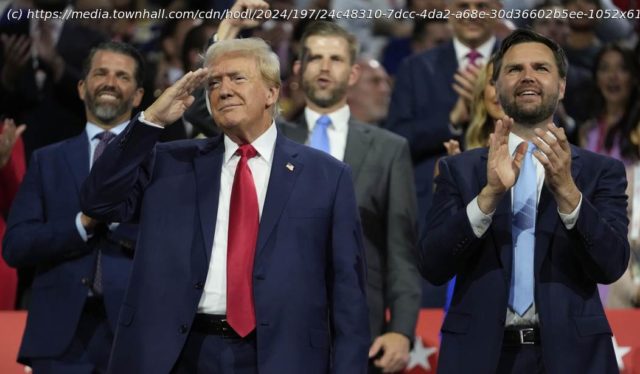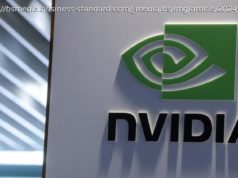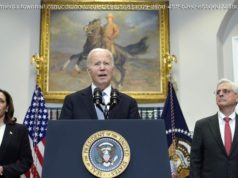Array
The NFL Draft is America’s most glorious mash-up of empirical, data-driven science, and Ouija Board-level psychobabble. On one hand, teams spend millions of dollars to evaluate every conceivable metric – height, weight, speed, medical history, game tape, and comprehensive background checks – but since that doesn’t always work, they also rely on guesswork, folklore, and sports mythology.
But no matter what they do, NFL teams still screw-up the draft with shocking regularity. From 2009 to 2018, a ten-year period, a whopping 60 percent of first round draft picks failed to earn a second contract from the team that drafted them. (And the hit rate dropped precipitously in rounds two through seven.) So, even with all the data, tech and resources at their disposal, NFL teams still are more likely to fail than succeed on Draft Day.
Why is this?
Football is a strange game: If a baseball pitcher can throw a ball 105 MPH with accuracy, he can play anywhere. If a track star runs a blazing 100-yard dash in one city, he’ll probably do pretty well in another city. But football success is as much about X’s and O’s as Willie’s and Joe’s – meaning that a player who’s successful in one college system, against one level of opposition, might not be successful when the system changes.
It’s not just college kids either: NFL free agency is riddled with teams overspending and misjudging talent, paying a premium for an NFL veteran who looked great in one system – when surrounded by certain teammates – but alas, his skill set just doesn’t translate to his new team. And thus, he’ll get cut after a year or so.
Different teams have vastly different philosophies when it comes to talent acquisition. Some draft for traits, meaning that they only seek players who fit specific profiles. Others draft for accomplishments and accolades, because they believe that “winners” and “losers” are less about how big or fast you are, but something intrinsic to your DNA. Sometimes a team will roll the dice and draft a player with a tremendous upside, even though he might never realize his potential. And some teams will do the opposite, and pivot to a player who might not have a big upside, but he can at least do an acceptable job in a position of critical need – and hey, maybe he’ll surprise you in a few years anyway.






